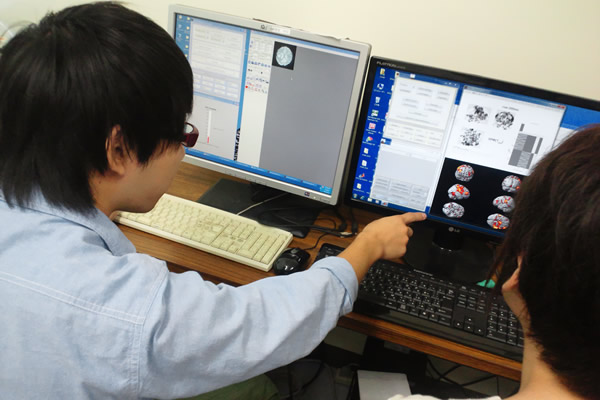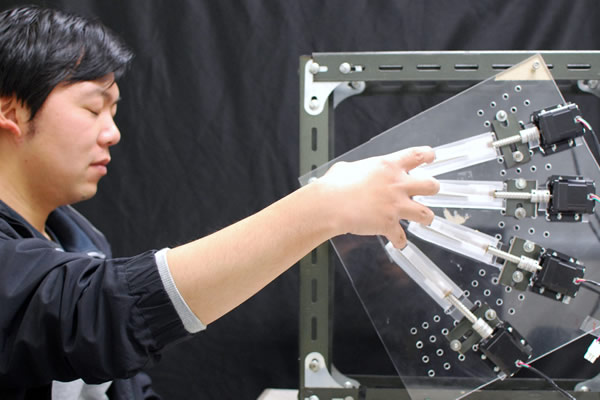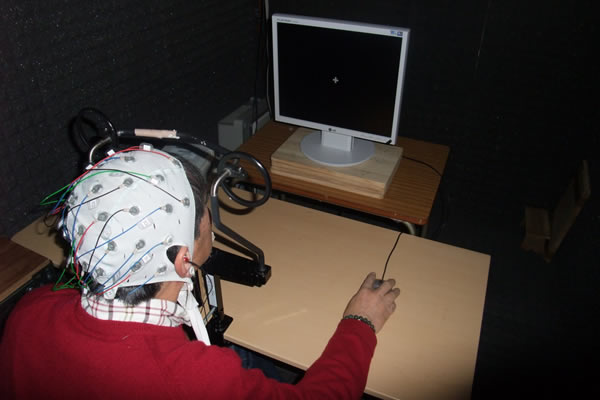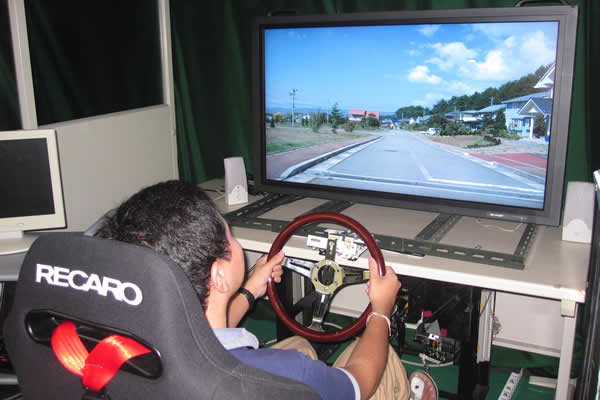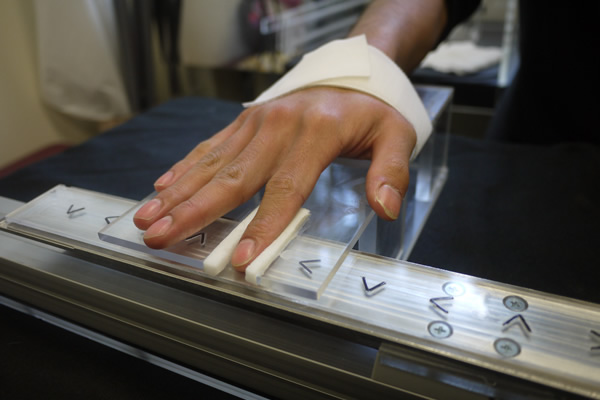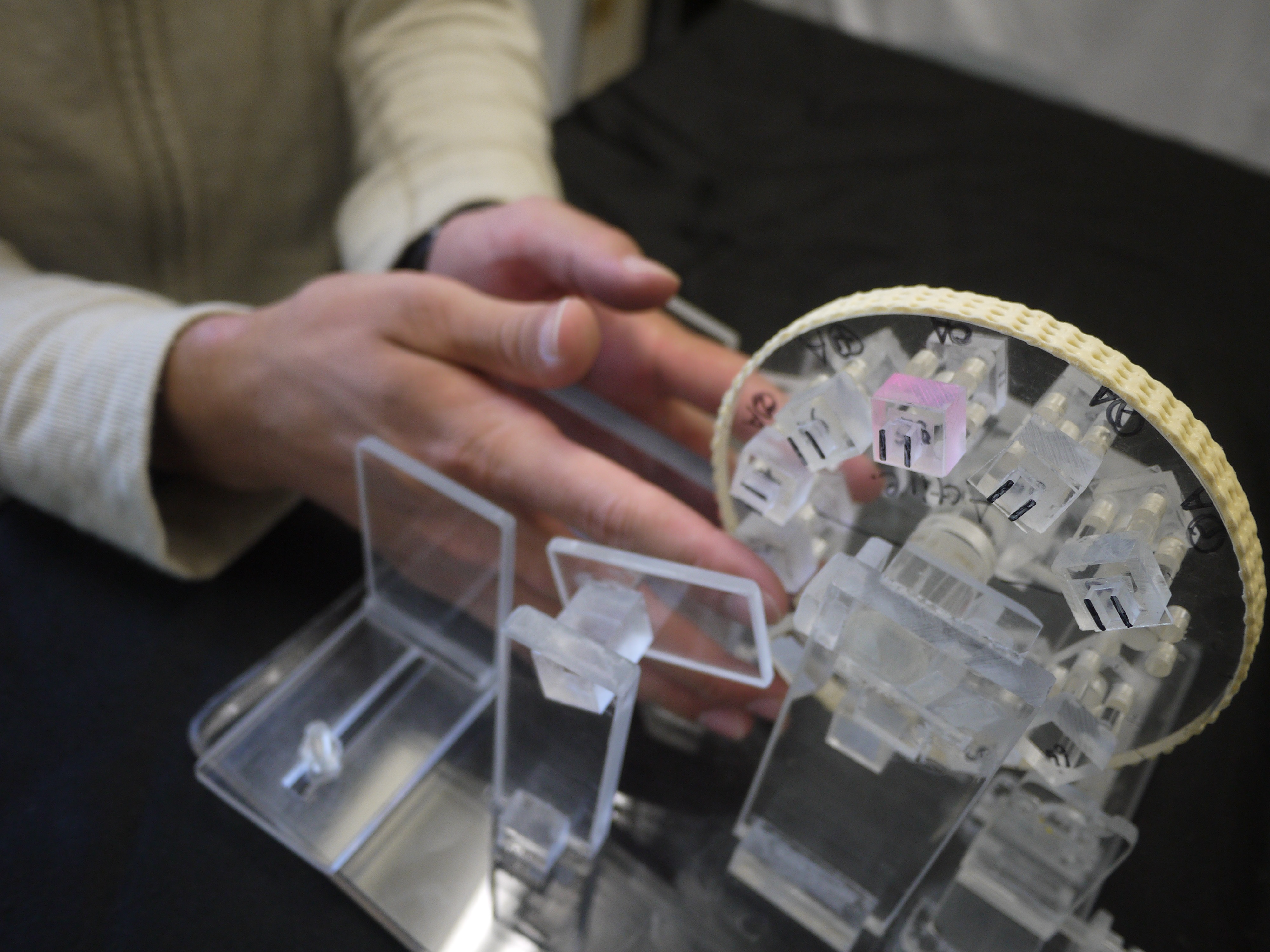Biomedical Engineering
To develop the intelligent mechanical system and medical welfare equipment, we mainly use electroencephalography (EEG) and functional magnetic resonance imaging (fMRI) to study cognition, behavior and brain's mechanism. And those researches are applied to education and application study. Our research interests range from human brain functions, such as vision, audition, touch, behavior, attention to language. Our research methods include cognitive psychology, electroencephalography, functional magnetic resonance imaging and image/signal analysis.
Websitehttps://www.okayama-u.ac.jp/user/hscn/be/2022/index.html

Jinglong WU
Professor
Early Detection of Dementia
In order to establish new technology for early detection of dementia, we study on human functions of audiovisual interation, tactile-motion, attention and language, using technique such as cognitive psychology experiment, electroencephalography (EEG), functional Magnetic Resonance Imaging (fMRI) and so on.
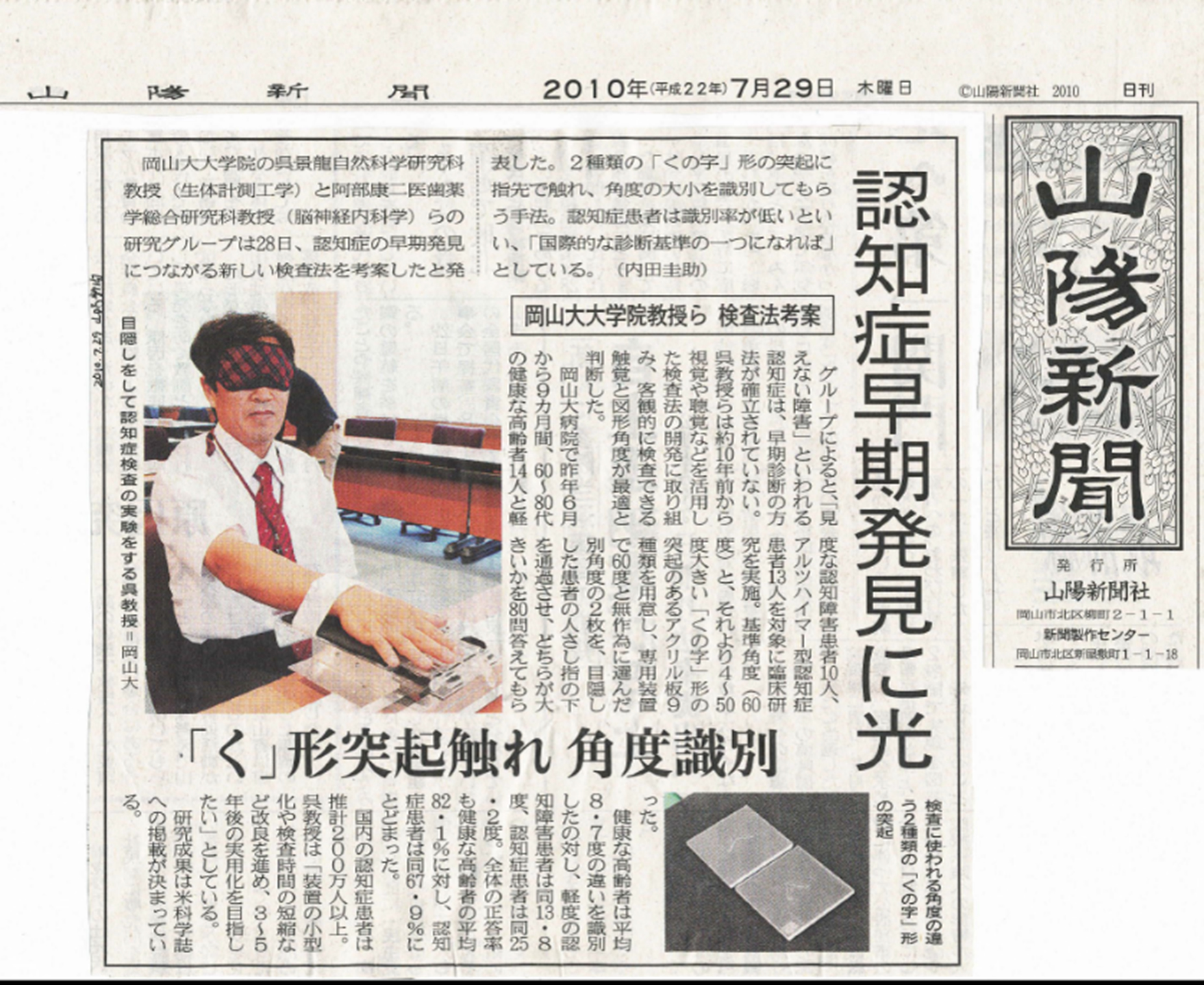

Satoshi TAKAHASHI
Associate Professor
Study of audiovisual interraction and attention
Anyone can recognize earlier the event with simusoidal audio and visual stimulus presentation. This study have a aim to clear the mechanism of audiovisual integration and apply to the prevent of traffc accident.
Study of grasp by fingers
People can image the shape of object with haptic by your finger. This study have a aim to apply the mechanism to recognize the object by haptics to vertual reality.
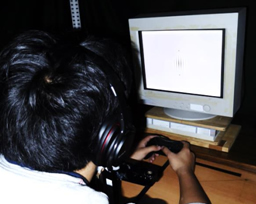
Fig.1 Why can we recognize easily the target with synchronism ?
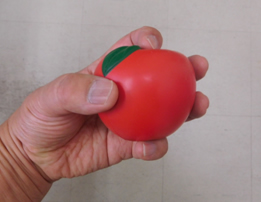
Fig.2 How shall we grasp it to recognize the shape easily?

Jiajia Yang
Assistant Professor
Integrative studies of neural mechanisms of haptic-visual cross-modal perception of material and surface qualities
Humans effortlessly distinguish numerous different categories of material (such as a metal, wood etc.) at a glance and can recognize many specific somatosensory feelings at the same time. The aim of present study was to investigate the neural substrates of cross-modal transfer of texture information between touch and vision.
Alzheimer’s Disease Early Detection using a Novel Tactile Approach
There is a need to differentiate between patients with mild cognitive impairment (MCI) and Alzheimer’s disease (AD) from normal-aged controls in the field of clinical drug discovery. The aim of present study was to characterize tactile shape discrimination deficits in patients with MCI and AD using for AD early detection.
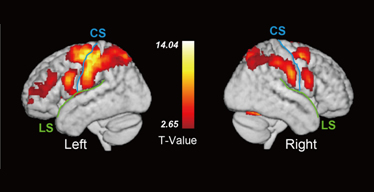
Fig.1 Brain activation of haptic-visual texture matching
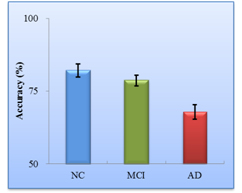
Fig.2 Angle discrimination accuracy of three groups

